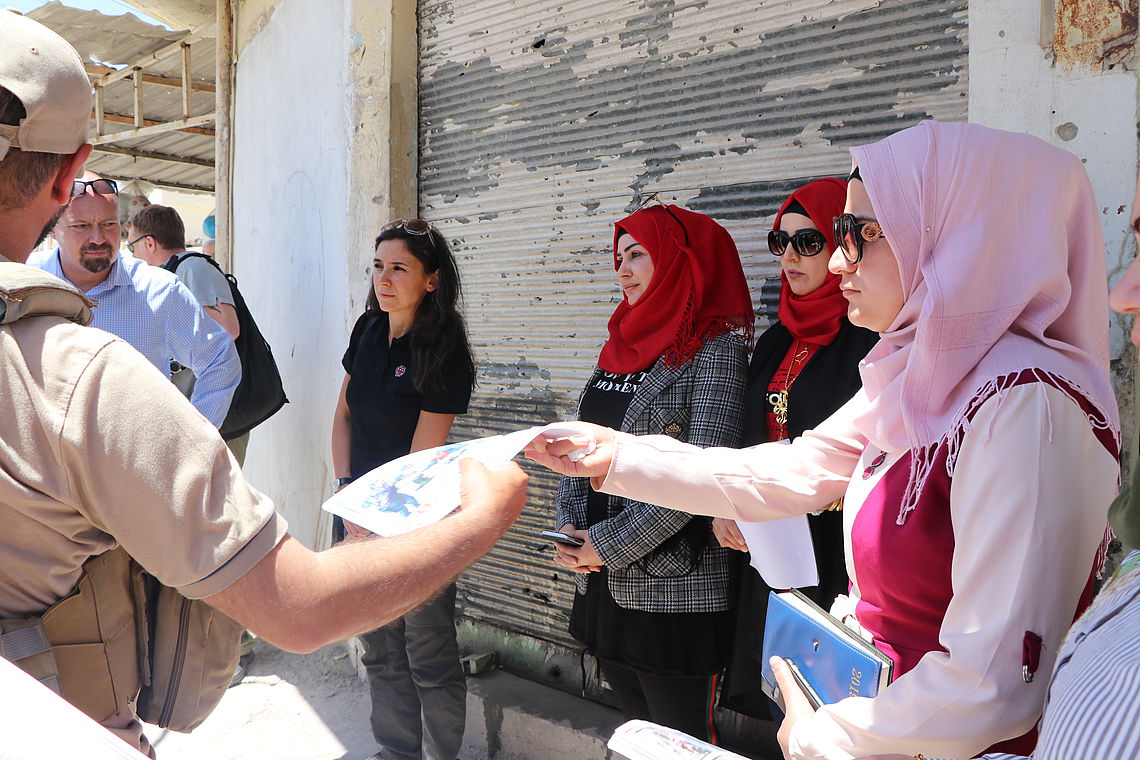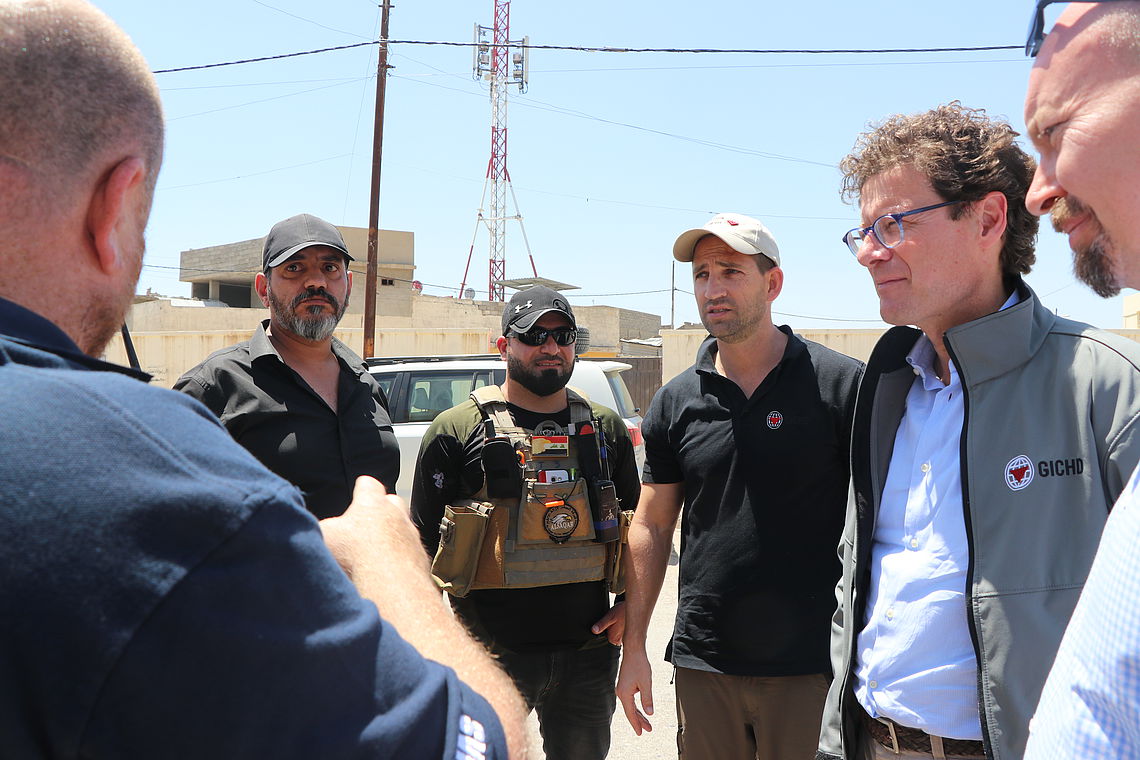Today conflicts are more protracted, intractable and resistant to resolution through negotiated settlements. A consequence of this pattern is high numbers of victims of landmines and explosive remnants of war (ERW) since 2014 and mine action programmes are increasingly conducted in conflict contexts, e.g.: Libya, Myanmar, Syria, Ukraine and Yemen.
Mine action addresses conflicts’ consequence by removing risks form explosive ordnance, but it can also help addressing causes of such conflicts by supporting efforts to reach ceasefire and peace agreements. For example, it can be used as a confidence building measure among negotiating parties or facilitate the work of peace operations.

The importance of strengthening mine action’s role in peace processes is emphasised by the UN Security Council Resolution 2365 (2017) that calls for the inclusion of mine action into ceasefire and peace agreements. Mainstreaming mine action in such agreements would also enhance mine action’s contribution to sustaining peace that is defined in UN Security Council Resolution 2282 (2016).

However, mine action involvement in efforts to address conflicts’ causes demands to enquire how this can coexist with the sector traditional humanitarian nature. In today’s operational environments, this means finding the right balance between supporting peace processes and the preservation of humanitarian space and access.
Through its Strategy 2019-2022, the GICHD supports the sector on these matters with research and dissemination of knowledge. It also facilitates the dialogue with peacemaking, peacebuilding and humanitarian communities of practices by involving them in major mine action events. Ultimately, with these activities, the GICHD’s purpose is to improve mine action’s contribution to sustaining peace and humanitarian action.
Security Sector Reform
It is important that advice is not only based on IMAS, but also on guidance and expertise from the security sector reform, which applies the principles of good governance to the broader security sector...
The Environment
To ensure that environmental considerations are taken into account, it is important they are mainstreamed within the mine action sector...
Explosive Weapons in Populated Areas
The GICHD has established a research project to characterise explosive weapons and their immediate, destructive effects on humans and structures...
Sustainable Development Goals (SDGs)
It is pivotal for the mine action sector to understand how its activities can accelerate progress across the SDGs and how they can be more coherently mainstreamed into national sustainable development efforts...
